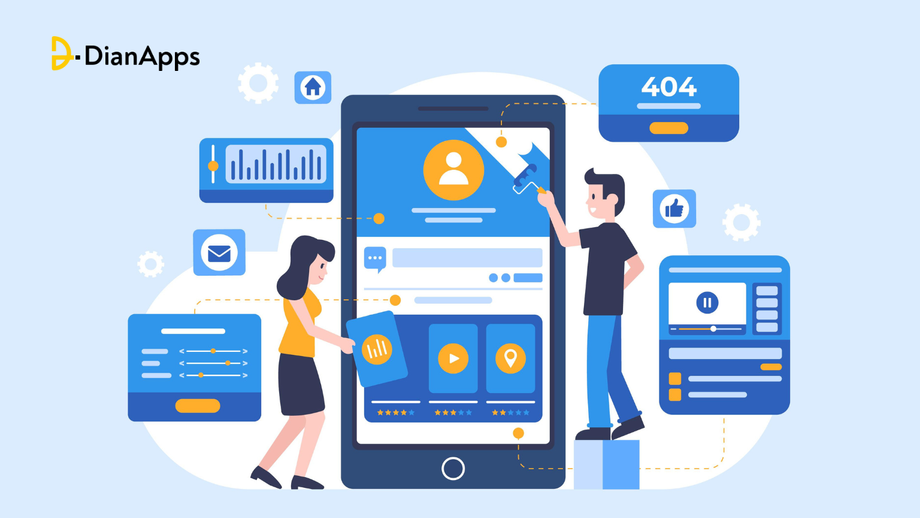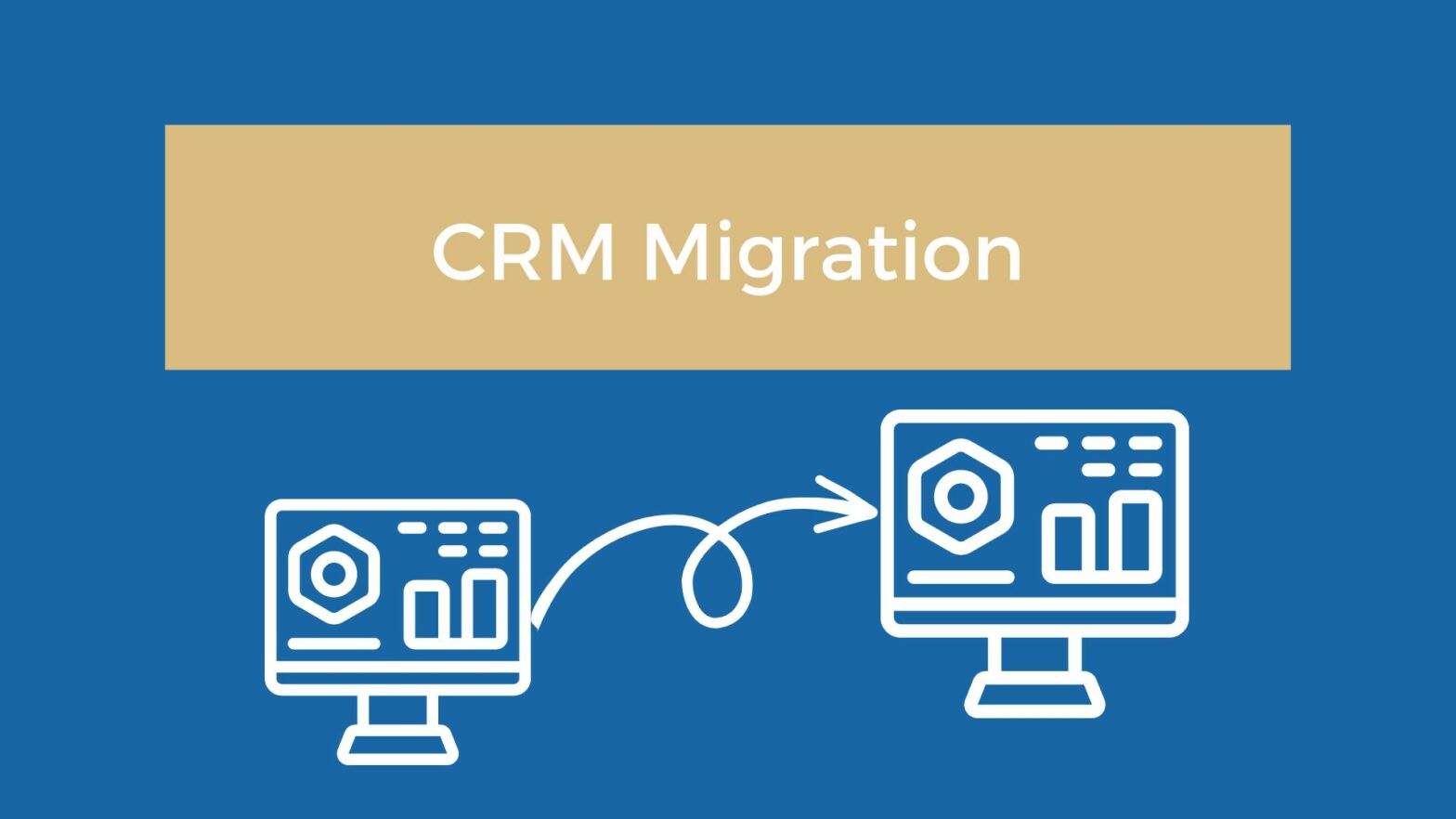Salesforce has emerged as a key player, providing a versatile platform for organizations to manage their customer relationships, streamline processes, and drive growth.
One of the standout features of the Salesforce ecosystem is its native apps, which are applications specifically designed and built to seamlessly integrate with the Salesforce platform.
In this article, we will explore what Salesforce native apps are and delve into the myriad benefits they can bring to businesses of all sizes.
Understanding Salesforce Native Apps:
Salesforce native apps are applications developed on the Salesforce Lightning platform, utilizing the same infrastructure and architecture.
Unlike third-party integrations, native apps are purpose-built to work harmoniously within the Salesforce development services, providing users with a unified experience.
These apps leverage the capabilities of the Salesforce platform, such as data management, workflow automation, and artificial intelligence, to enhance overall functionality and efficiency.
Key Features of Salesforce Native Apps:
Seamless Integration:
Salesforce native apps seamlessly integrate with the Salesforce CRM, allowing for a unified view of customer data and interactions. This integration streamlines processes, reduces data silos, and enhances collaboration across teams by providing a centralized hub for all customer-related activities.
Enhanced User Experience:
Native apps are designed with the Salesforce Lightning Experience in mind, ensuring a consistent and intuitive user interface. This results in a more user-friendly experience for employees, as they can access and utilize app functionalities without having to switch between different interfaces.
Scalability:
Built on the robust Salesforce platform, native apps inherit the scalability and flexibility of the underlying infrastructure. As businesses grow, these apps can easily adapt to increased data volumes and user requirements, providing a scalable solution that evolves with the organization.
Security and Compliance:
Salesforce places a strong emphasis on security, and native apps benefit from the platform’s robust security features. These apps adhere to Salesforce’s security protocols, ensuring that sensitive data is protected, and compliance standards are met.
Real-time Data Synchronization:
Salesforce native apps offer real-time data synchronization, ensuring that information is up-to-date across the entire ecosystem. This real-time connectivity enhances decision-making by providing accurate and timely insights into customer interactions and business processes.
Benefits of Salesforce Native Apps for Businesses:
Enhanced Productivity:
The seamless integration of native apps with Salesforce CRM eliminates the need for manual data entry and reduces the risk of errors. This automation streamlines workflows, allowing employees to focus on value-added tasks rather than routine data management. This, in turn, leads to increased productivity and operational efficiency.
360-Degree View of Customers:
Salesforce native apps provide a 360-degree view of customer interactions by consolidating data from various touchpoints. This comprehensive view enables organizations to better understand customer needs, preferences, and behaviors, facilitating personalized communication and targeted marketing efforts.
Faster Decision-Making:
With real-time data synchronization and access to insightful analytics, decision-makers can make informed and timely decisions. The integration of native apps with Salesforce’s reporting and analytics tools empowers organizations to extract actionable insights from their data, driving strategic decision-making.
Customization and Flexibility:
Native apps on the Salesforce platform can be customized to meet the specific needs of an organization. Whether it’s tailoring workflows, adding custom fields, or designing unique dashboards, businesses can adapt native apps to align with their processes and industry requirements, fostering a solution that is truly tailored to their needs.
Cost-Efficiency:
Leveraging Salesforce native apps can contribute to cost savings by reducing the time and resources spent on manual processes and data management. The automation and efficiency gains result in a more streamlined operation, translating into a positive impact on the bottom line.
Improved Customer Engagement:
By having a unified view of customer interactions and preferences, organizations can deliver more personalized and targeted experiences. This improved customer engagement not only enhances satisfaction but also contributes to customer retention and loyalty, driving long-term business success.
Agility in Response to Market Changes:
The scalability and flexibility of Salesforce native apps empower businesses to quickly adapt to market changes and evolving customer expectations. Whether it’s the addition of new features, integration with emerging technologies, or scaling operations, native apps provide the agility needed to stay ahead in a dynamic business landscape.
Enhanced Collaboration Across Teams:
Salesforce native apps facilitate seamless collaboration by providing a centralized platform for all customer-related activities. Teams can easily share information, collaborate on projects, and access real-time updates, fostering a culture of teamwork and improving overall organizational cohesion.
Trust the Uptime of Salesforce (SLAs)
Service-level agreements, or SLAs, might not have occurred to you much if you’re not as familiar with the software acquisition process. They are contracts that specify the caliber of service you will receive and are signed with each provider. In the SaaS industry, they frequently address, among other things, server uptime and downtime, which determines how long your program will be down for maintenance and how long it will be accessible for usage.
The servers that contain your Salesforce instance are the only set of servers that are needed by all Salesforce native apps. As a result, Salesforce and all native apps are covered by a single SLA, which is the one you signed with Salesforce.
Continue to comply
Any firm that deals with data compliance and security policies may find it challenging to navigate. For your firm to be compliant, all software solutions handling the data of your organization must be compliant. Not to mention the many certifications and their constantly shifting criteria.
Fortunately, Salesforce’s compliance certifications may be accessed via native Salesforce apps. Any client data utilized by Salesforce native apps is also compliant because Salesforce has previously made the effort to guarantee that its platform satisfies the needs of several significant compliance certificates, including FedRamp, GDPR, HIPAA, SOC 2, and more.
If you decide to purchase an off-platform (or non-native) program because your company needs certain certifications, you will need to get these certifications separately.
Create a Visually Appealing UX
Did you know? Salesforce Native Apps employs the Salesforce Lightning Design System and exclusive user interface components to build a Native Application.
Therefore, Salesforce app developer who comprehends a similar skillset finds it easier to incorporate UX in the Native apps. As they have the expertise in giving end-user aspects that can have slow adoption and overcome the challenges faced during the competencies stage.
Continue to keep an audit trail
Sometimes the functioning of a software solution is just as essential as understanding who is doing what within it.
For instance, managing the link between Salesforce and their system is frequently the responsibility of a single integration user for off-platform apps. Thus, any
The third-party app’s updated Salesforce data will seem to have been edited by a “Integration User” or a similar user. Salesforce won’t be able to determine who made the actual updates to the data. If an off-platform application is employing a single integration user, then it is not feasible to leverage system audit fields and Salesforce user IDs. And a lot of them do, based on our observations.
Conclusion:
Salesforce native apps represent a powerful extension of the Salesforce platform, offering businesses a holistic solution for customer relationship management and business process optimization.
The seamless integration, enhanced user experience, and a myriad of benefits discussed in this article underscore the value that native apps bring to organizations striving for excellence in customer engagement, operational efficiency, and overall business success.
As businesses continue to navigate the complexities of the digital era, embracing Salesforce native apps can be a strategic move toward unlocking the full potential of their CRM investment.
Article Source: https://medium.com/@marketing_96275/benefits-of-salesforce-native-applications-for-the-growth-of-businesses-79a7f4d27400



